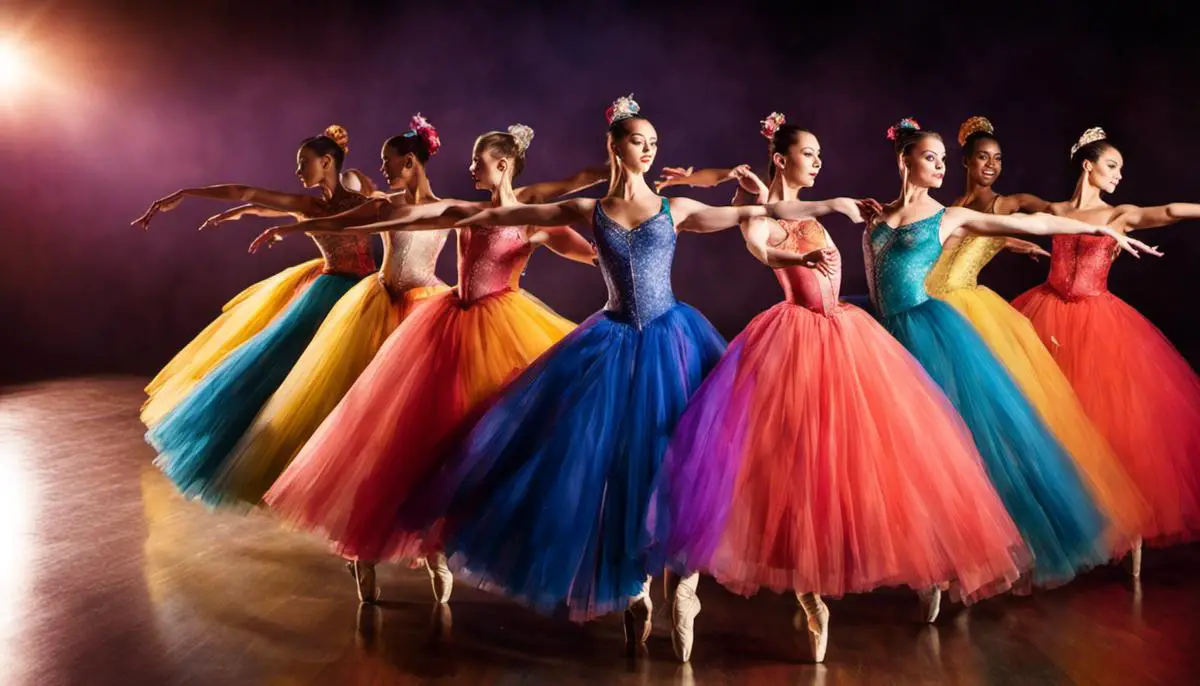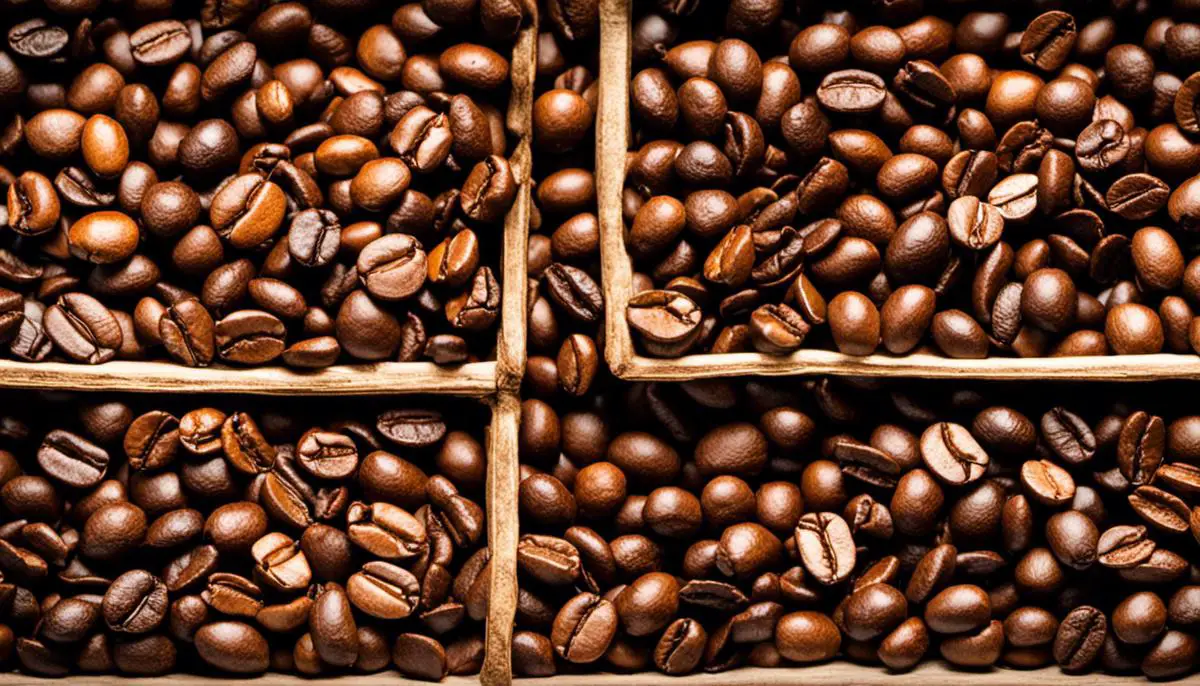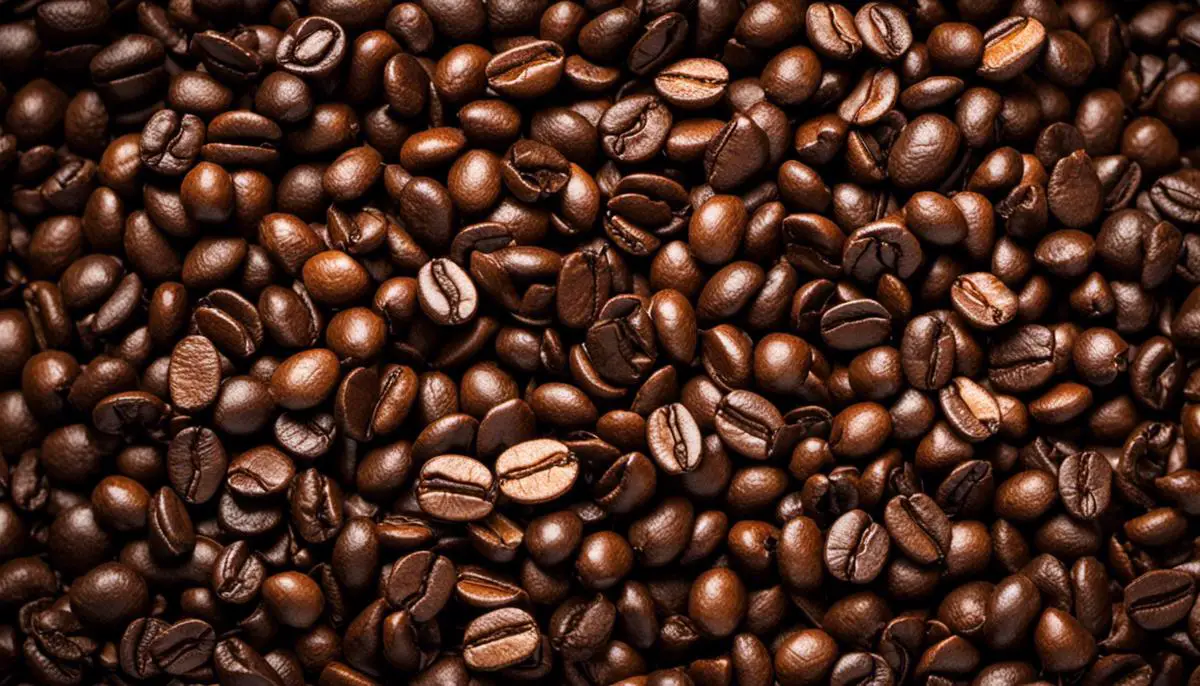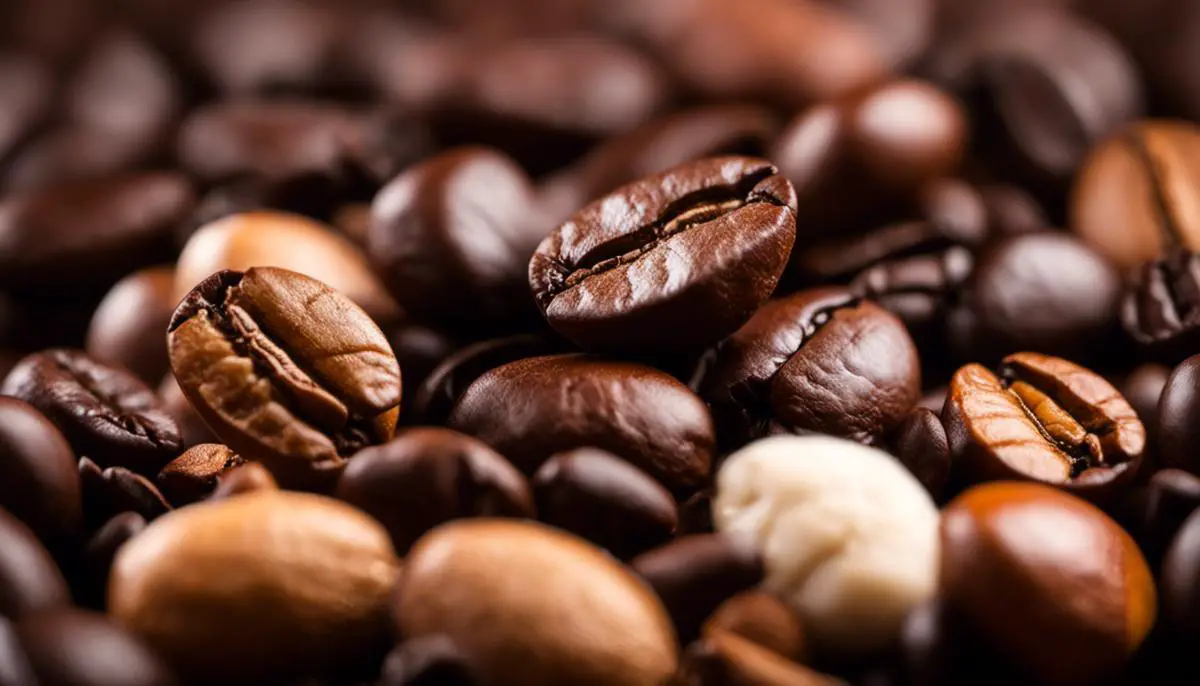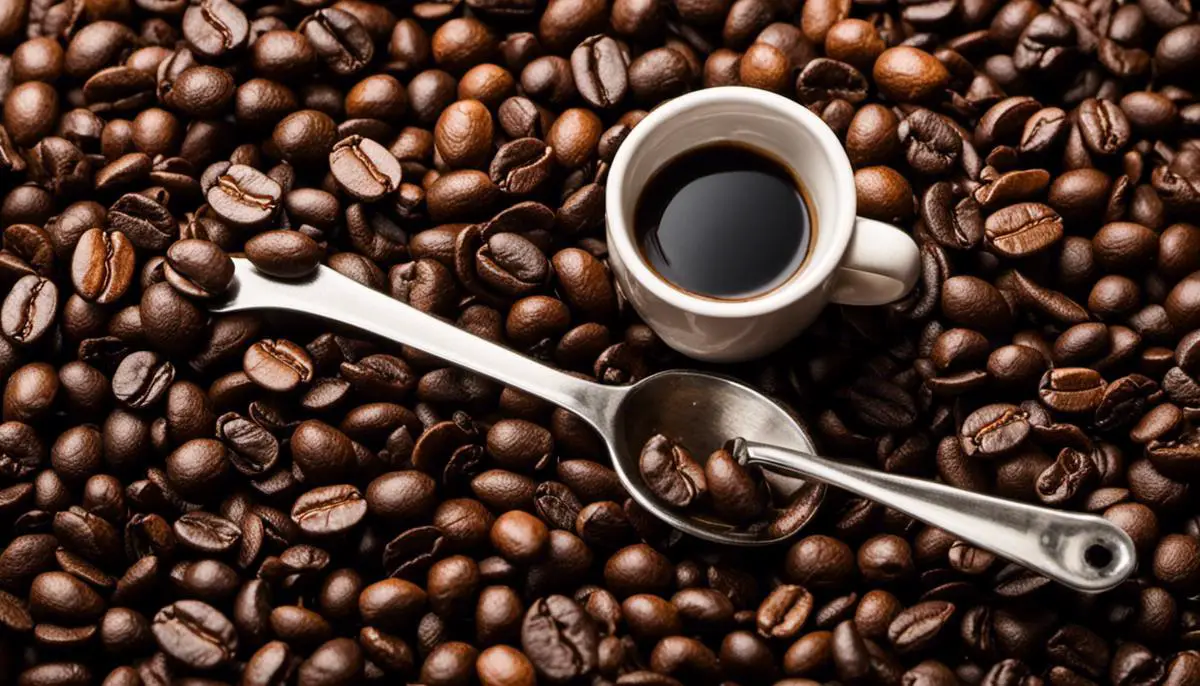As one delves into the graceful and enchanting world of ballet dancing, it unveils a rich tapestry of history, technique, and influence. Originating from the royal courts of the Italian Renaissance, ballet evolved within the opulent halls of France and Russia, imbibing distinct nuances that have come to define its unique styles. Influential figures such as King Louis XIV and Catherine de Medici played pivotal roles in shaping its trajectory, turning ballet into a revered and deeply symbolic art form. With this intricate history interwoven with its exquisite techniques and positions, ballet transcends mere choreography to encapsulate precision, grace, and a startling level of athleticism.
Origins and History of Ballet Dancing
Origins Of Ballet: Italian Renaissance
Ballet dancing traces its roots back to the Italian Renaissance courts of the 15th century. It was an expressive language created as a form of theatrical entertainment to celebrate special occasions in the Italian court. In the beginning, these performances were comprised of lavish pageants, music, poetry, fashion, dance, and even horse ballets.
Ballet in the French Royal Court and King Louis XIV
The development of ballet into a formalised art was significantly influenced by the French royal court. A milestone movement in this regard was the establishment of the world’s first ballet company, ‘Paris Opera Ballet’, in 1661 under the reign of King Louis XIV. King Louis XIV himself was an avid ballet dancer and performed in many ballets. His personal involvement helped elevate the status of ballet, instilling it with a level of prestige that it continues to enjoy.
King Louis XIV’s driving goal was to convert ballet into a professional art. To this end, he established the ‘Académie Royale de Danse’. This was a move to train professional dancers for the court performances and formalise ballet as an academic discipline.
Ballet in the Russian Royal Courts
As it transitioned into the 18th century, the ballet torch was transferred from French to Russian courts. The Romanov dynasty of Russia showed a deep interest in the arts and valued ballet significantly. They invited many French ballet masters for training purposes, which led to a blend of French ballet techniques with the narrative style of traditional Russian performance arts.
Under the Romanov’s patronage, ballet in Russia flourished and produced many classics, including the famous ballet performances “The Nutcracker”, “Swan Lake”, and “The Sleeping Beauty”. These ballets were choreographed by Marius Petipa, a Frenchman who is considered one of the most influential ballet masters and choreographers in ballet history. The contributions made by the Russian Royal Court have had a profound and lasting impact, with Russian ballet recognized and appreciated worldwide.
Ballet’s Historical Progression
Having journeyed from the courts of the Italian Renaissance through to the present day, ballet has traversed an intriguing path. Its evolution has been shaped by a diverse array of patrons; Italian noble ladies, French and Russian monarchs, each leaving an everlasting imprint on this internationally recognised and emotionally expressive art form. The marks of each era and individual contribution towards its evolution are clearly visible.
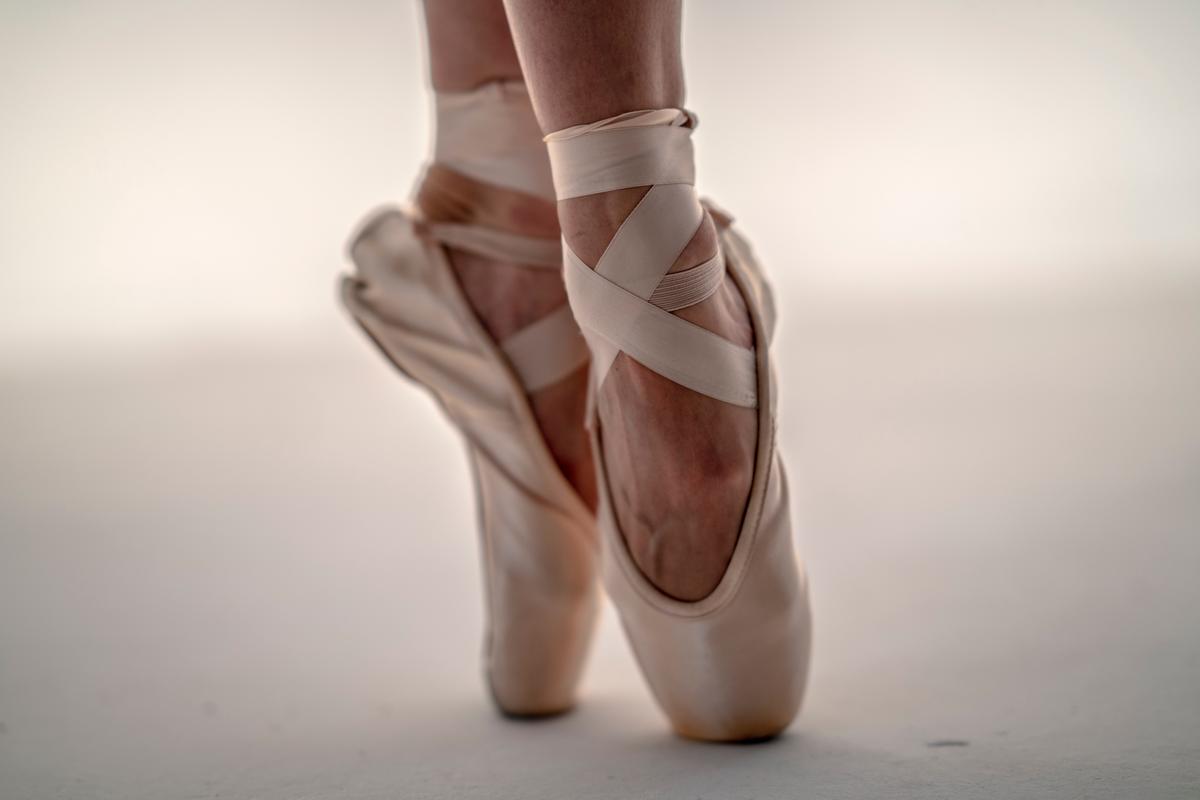
Photo by nihaldemirci on Unsplash
Key Ballet Techniques and Positions
Ballet Dance: The Essential Positions
In ballet, success hinges upon mastering five fundamental foot positions. In the first, you stand upright with your heels touching. The second position sees your feet hip-width apart while in the third, one foot is placed in front of the other, with the front foot’s heel touching the back foot’s arch. The fourth position sees one foot a stride’s length in front of the other, whilst the fifth tightly tucks the front foot’s heel to the back foot’s toe and vice versa.
Similarly, arm positions are categorised into five principal placements. The first involves forming a low oval shape in front of your body. In the second, arms are spread to the sides, bent slightly forward at the elbows with palms facing forward. The third involves a combination of the first and second positions, with one arm in each. For the fourth, one arm is held above the head whilst the second extends out to the side. Lastly, the fifth position requires both arms to be held gracefully above the head.
Essential Ballet Movements – Plié, Relevé, and Jeté
Plié is a French term meaning to bend. It is an essential ballet move where a dancer bends at the knees. Pliés can be performed in all five positions and are typically used to strengthen leg muscles and to help dancers learn to balance.
Relevé, meaning to rise, is a movement in which the dancer rises on the balls of both feet or on one foot (also referred to as en pointe). These movements can be done from any of the five positions. It is an extremely common part of ballet dancing and forms the foundation for many other movements.
Jeté, meaning to throw, is a jump from one leg to the other in which the working leg is brushed into the air and appears to have been thrown. It is executed in different ways and can be performed with an extended or plié working leg.
Precision and Grace in Ballet Dance
Ballet dance demands precision and grace in every movement. Each gesture or step in ballet has a clear start and end point, and no movement is wasted. At the same time, dancers must strive to make their movements look effortless and fluid, hiding the strength and control that underlies each move. This requires a sense of rhythm and musicality, as well as a strong awareness of one’s own body and the space around them.
The Athletic Rigour and Physical Exertion Involved in Ballet Dance
Ballet is not merely a form of art, but also an extensively demanding physical endeavour. It necessitates unparalleled levels of strength, flexibility, equilibrium, and physical endurance. Dancers must maintain exceptional body regulation while seamlessly creating an illusion of ease and feather-light movements. This necessitates rigorous training encompassing core-strengthening and lower body exercises, flexure drills, and cardiovascular activities. Lengthy durations of practise and rehearsals are fundamental to the perfection of techniques and sequences, further emphasizing the physical prowess necessary in ballet. Furthermore, ballet dancers must continually focus on injury prevention and uphold peak fitness levels to perform at their optimum abilities.
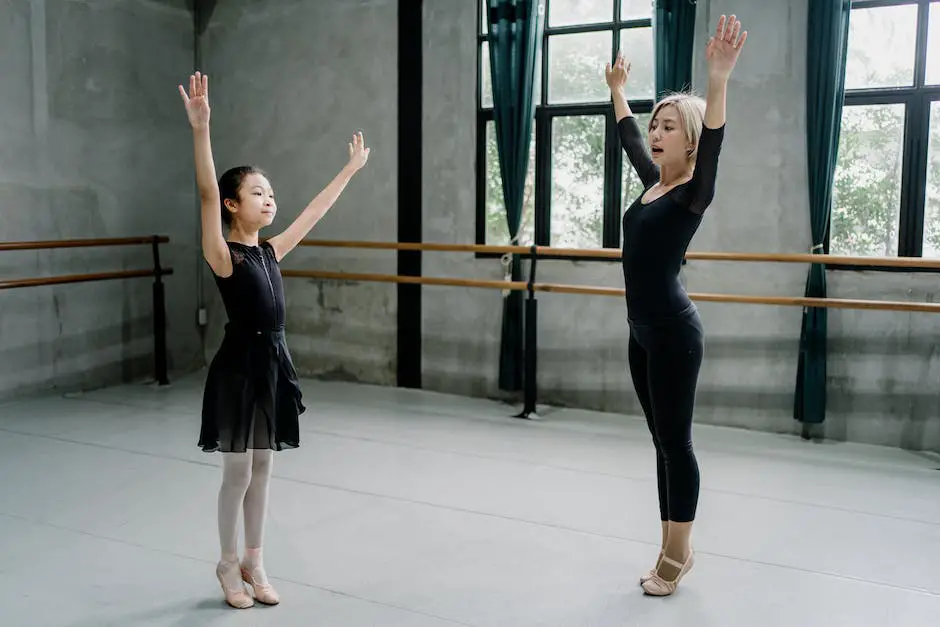
Ballet Styles and Variations
Classical Ballet: Narrating Stories through Movement
Originating from the Italian Renaissance court systems of the 15th and 16th centuries, classical ballet found its evolution into the form we’re familiar with today in the courts of Alice de Béarn and Louis XIV. It is noted for its portrayal of narrative using the medium of dance, music, storytelling visuals, sets, and costumes. Classical ballet is known for its meticulous footwork, superior extensions, graceful moves and the celestial quality embodied by its dancers. Its strict regulations incorporate turnout, where dancers rotate their legs outwards from the hip to achieve a 180-degree angle. Regular training on their toes, known as ‘en pointe’ forms an integral part of this dance form. This dance technique has played an influential role in shaping international ballet methodologies, resulting in distinguished styles like French, Italian, and Russian.
Regional Impact: French, Russian and English Ballet
Overtime, cultural influences have led to distinct classical ballet methods. The French style, integrated into Paris Opera Ballet, places a heavy emphasis on precision, elegance, and clarity of lines. Historical dances also form part of the training, reflecting its courtly origins.
Russian ballet, known for its passion and expressiveness, evolved from the French style. Its robust character work and grand dancing are explicit in its training system, known as the Vaganova method. Russian ballet has notably influenced the global ballet scene with iconic productions like Swan Lake and The Nutcracker.
English ballet, moulded by pioneers such as Ninette de Valois and Marie Rambert, puts strong emphasis on musicality, lyricism, and precise footwork. The Royal Ballet of London, a leading practitioner of the style, is renowned for dramatic storytelling and innovative choreography.
Neoclassical Ballet: A Dance Revolution
The early 20th century gave birth to Neoclassical Ballet, originating as a reply to the rigid structure of classical ballet. Choreographers, like George Balanchine, sought to strip away excessive theatrics and focus on pure dance. Neoclassical ballet adopts the vocabulary of classical ballet but expands the movement range, often involving asymmetrical lines, off-balance positions, and complex combinations. Music’s relationship with dance also evolved, sometimes becoming disassociated from direct narrative.
Contemporary Ballet: A Blend of Styles
In the mid-late 20th century, Contemporary Ballet emerged as an evolution beyond Neoclassical Ballet. It blends classical ballet elements with modern dance techniques and incorporates a variety of non-traditional movements and ideas. Contrary to Classical Ballet, dancers rarely perform en pointe, creating a versatile dance form that often challenges conventional boundaries. Dynamic, exploratory, and diverse, Contemporary Ballet continues to redefine the definition of ballet in the 21st century.
The art of Ballet, with its diverse styles, persistently evolves over time, echoing cultural impacts and socio-political shifts. The regal elegance of Classical ballet, as well as the bold creativity of Contemporary ballet, lend numerous dimensions to this multifaceted discipline. Regardless of whether one delves into the traditional complexities of Russian ballet or totters on the avant-garde excitement of Contemporary ballet, the dialect of ballet remains universal, enlightening, varied, and intense.
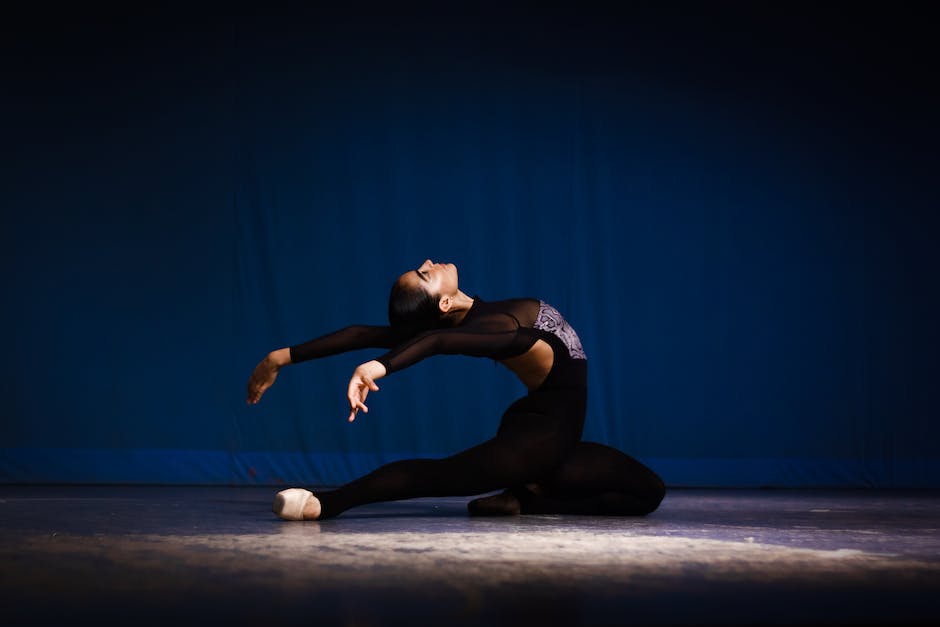
Cultural Impact and Significance of Ballet
The Influence of Ballet on Culture
Ballet has exerted a deep-reaching cultural influence across the globe, moulding societal norms and values, whilst reflecting societal evolutions. Emerging from the Italian Renaissance courts, this expressive dance form subsequently developed into a stage dance in France and Russia. In time, it bloomed into a global cultural spectacle, reciprocally shaping and being shaped by cultural fluctuations and exchanges.
Ballet’s Influence on Other Art Forms
Ballet has influenced and been inspired by a variety of other art forms, such as painting, sculpture, literature, film, and even fashion. Dance movements, costume designs, and stage settings in ballet often reflect elements and themes present in these other art forms, reflecting social and cultural realities.
For instance, Edgar Degas, a famous French artist, was known for his paintings of ballet dancers which captured their grace and precision. On the other hand, fashion has taken inspiration from the ballet world, giving rise to trends like the ‘ballet flats’ and ‘tulle skirts’, popularized by Audrey Hepburn’s film ‘Funny Face’.
Ballet in Pop Culture and Modern Society
Ballet has permeated modern pop culture in many ways. Movies like Black Swan and Billy Elliot, and television shows like Bunheads and Flesh and Bone, highlight different aspects of ballet, contributing to its popularity and reach. This has influenced perceptions and stereotypes of ballet, both positively and negatively, in contemporary society.
Furthermore, the rise of social media platforms like Instagram and TikTok has created a new space for ballet, generating a wider and diverse audience. Here, ballet dancers and enthusiasts share snippets of their training, performances, and daily lives, occasionally redefining the elitist air often associated with the dance form.
Challenges and Future Prospects in Ballet
Nonetheless, the ballet industry faces a myriad of challenges. From concerns about racial and body type representation, to the physical and mental wellbeing of dancers, the industry has been grappling with these topics for years. Yet, progress is evident. Slow but visible steps towards diversity, inclusion, and health awareness provide a hopeful outlook for ballet’s future.
With the ongoing digital revolution, new prospects for ballet are emerging. Virtual ballet classes, digital performances, and innovative rehearsal tools are among the developments that have demonstrated ballet’s adaptability in this digital age. This not only opens up ballet to a wider audience but also paves the way for more technological advances in the craft, potentially transforming it in the years to come.
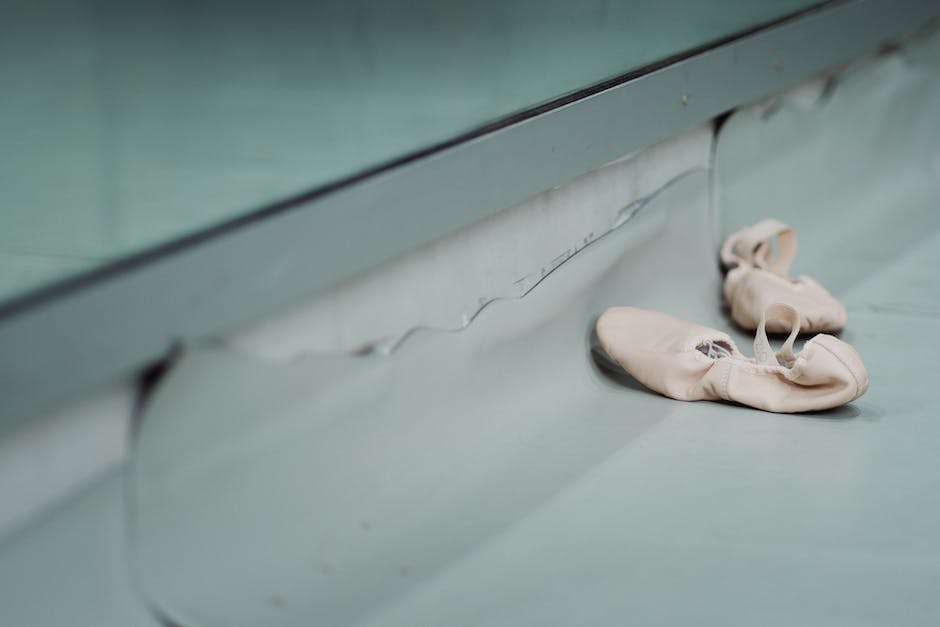
On a wider stage, ballet continues to impact society, reflecting and even shaping cultural values and norms. Its evocative movements and storytelling capabilities have proven to be influential in other domains of art. It permeates modern pop culture, lending its elegance and discipline to various cultural performances. Despite the challenges it faces in contemporary times, one cannot deny the profound significance of ballet dancing. Undeniably, ballet will continue to twirl, leap, and glide through future cultural landscapes, maintaining its vital role in global artistic expression. Whether it be classical, neoclassical, or contemporary, the variations of ballet are a testament to its evolving and limitless nature, captivating audiences for ages past and undoubtedly those yet to come.
